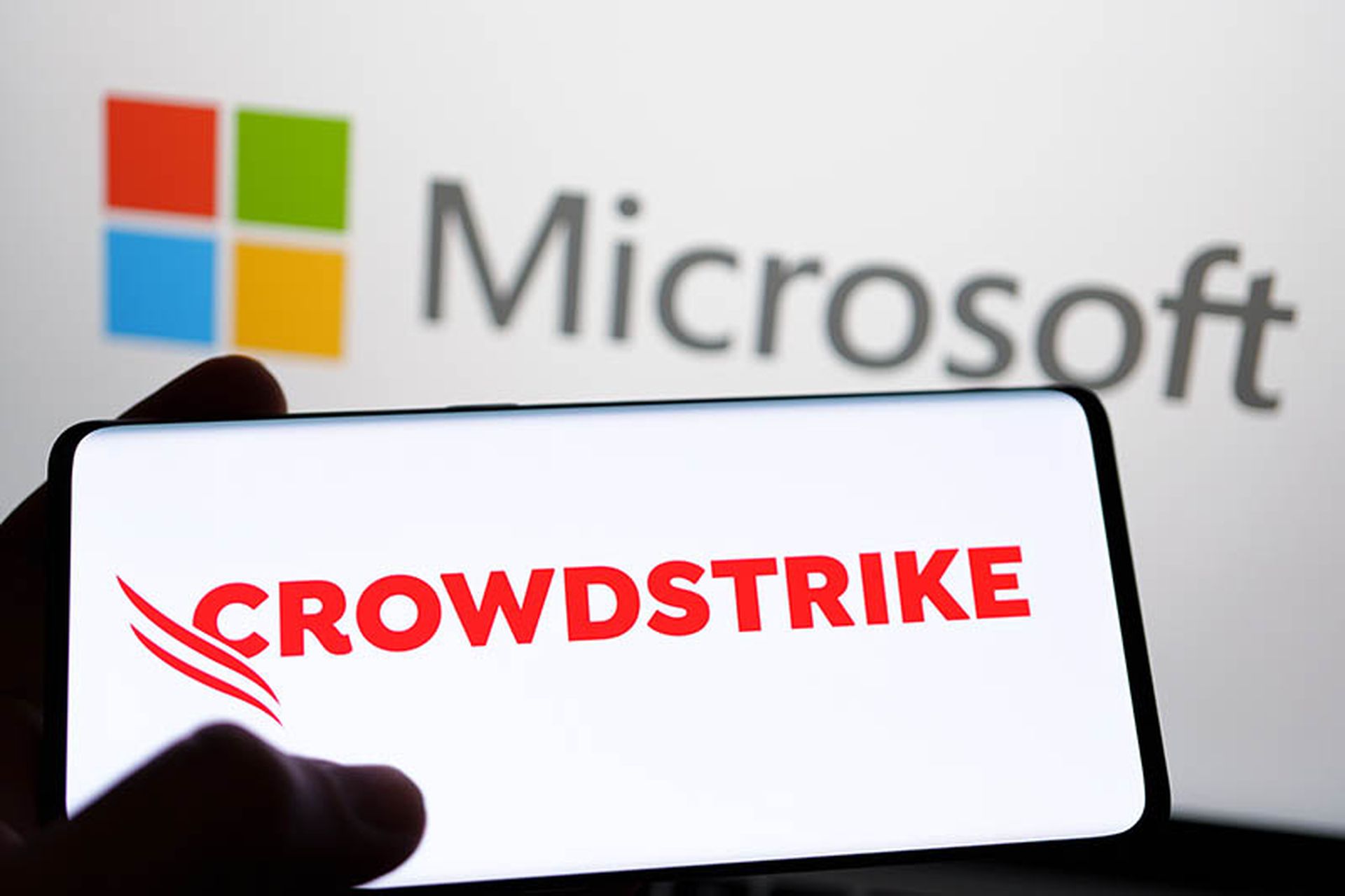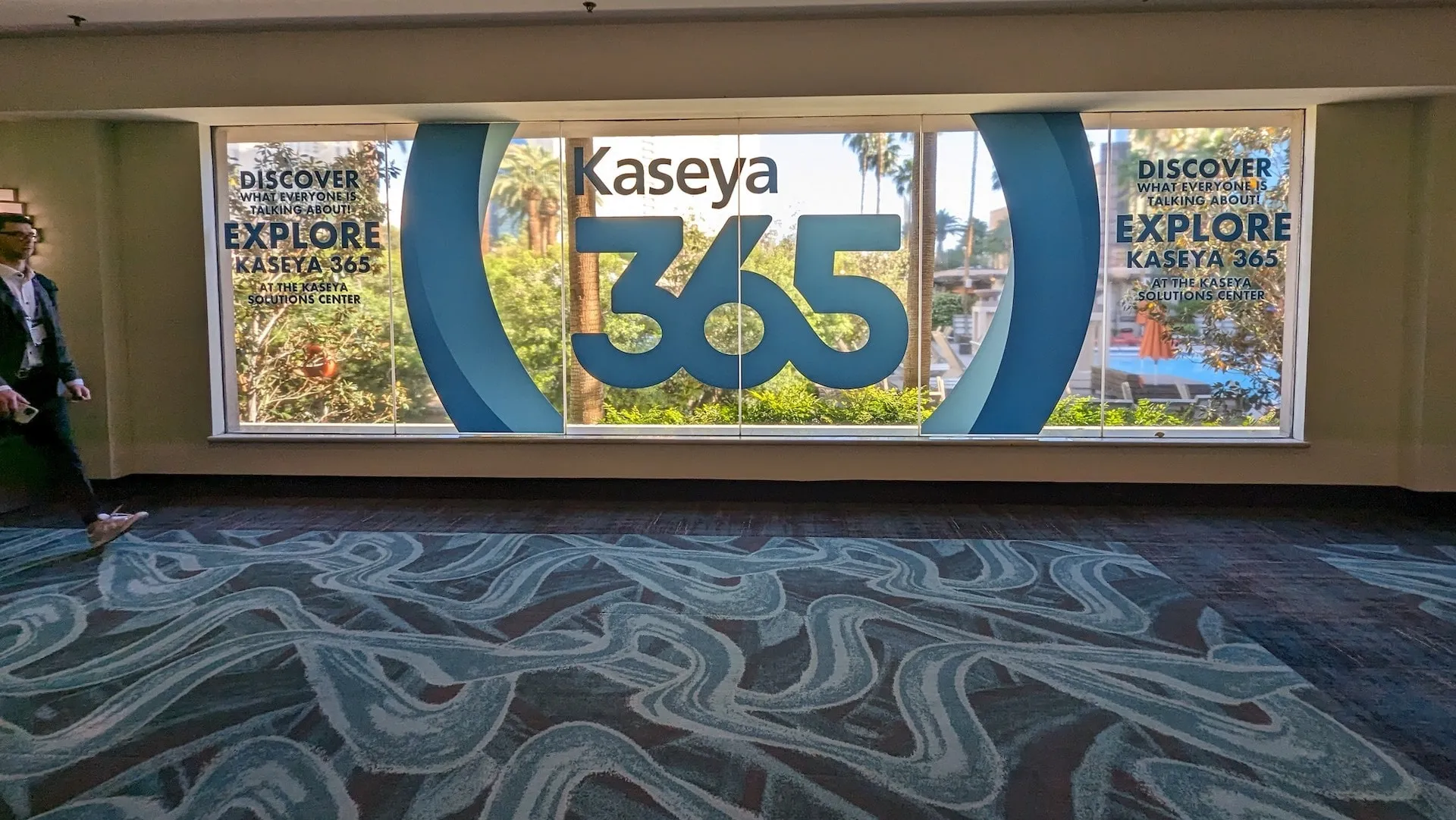Businesses today, irrespective of the industry they belong to, need to be able to access information from anywhere, at any time. Sales teams need to fetch customer order history, customer care executives need access to the knowledge base, and finance teams need access to business data to predict revenue.
Although remote desktops were the only option for a long time, the advent of cloud computing changed the way organizations enabled access. The truth is remote desktop and cloud computing often go hand in hand. How exactly do they differ and/or work together?
Remote Desktop and Cloud Computing
Businesses that need to be able to access their information from anywhere have two options at hand: remote access and cloud computing. Remote desktop allows employees to remotely access information stored on a machine using a VPN, freeing them from having to be in a confined location to get their work done. Such remote access not only helps in boosting productivity, it also helps drive better engagement.
Cloud computing, on the other hand, allows multiple users to remotely access information, rather than an entire machine. Using cloud computing, remote teams seamlessly work on projects from different locations, bringing projects to closure sooner, and thus drive better results.
What Are the Differences Between Remote Desktop and Cloud Computing?
In a work-from-home-era, enabling cloud computing might seem like the best way to enable remote access. The question then is – why would any organization embrace remote desktop when they can leverage the power of cloud computing for their business? The answer lies in the subtle differences between remote desktop and cloud computing:
What Are the Similarities Between Remote Desktop and Cloud Computing?
Here are some similarities in the remote desktop vs cloud computing battle:
- The strongest thread that ties remote desktop and cloud computing is collaboration. Both set the foundation of improved collaboration – allowing teams to have access to the resources they need, when they need it and bring projects to closure in an accelerated manner.
- Both remote desktop and cloud computing allow users to access data and information remotely – without having to install applications on their devices or systems.
- Since users can seamlessly access data stored remotely – either in a physical machine or virtual server, both eliminate the need to managed end-user devices and applications.
- Business users can get access to files and information stored in a different system or server, without worrying about the processing power or capacity of their own machines or devices.
- The presence of stringent security controls and authentication mechanisms ensures data safety – even in the event of end-user device failure or theft.
Integrating Remote Desktops and Cloud Computing
While assessing the remote desktop vs. cloud computing paradigm, organizations must understand that cloud computing is not a replacement for remote desktops. Although choosing cloud over remote desktop might seem like a logical business move, given the buzz cloud has managed to garner in the last couple of years, integrating remote desktop and cloud computing can open up a whole world of benefits.
When used together, businesses can streamline access to data while simultaneously reducing complexity and costs related to updates and patches. In addition to offering increased flexibility and scalability, an integrated solution can help improve the security of data access through the implementation of stringent access control mechanisms. Together, they can enable organizations to free IT staff, reduce budget, and enhance end-user experience.
Better Together
In a pandemic-struck era, enabling seamless and secure access to data and resources has topped the list of business priorities. Given the large percentage of the global workforce working from home, the debate is no longer about remote desktop vs. cloud computing but rather about remote desktop and cloud computing.
Remote desktop and cloud computing, when integrated together, can pave the way for heavy-duty remote access that is secure, reliable, flexible, and scalable. By enabling access to the data needed, together, they can empower organizations to collaborate better, increase productivity and engagement, and be fully compliant with industry regulations.




